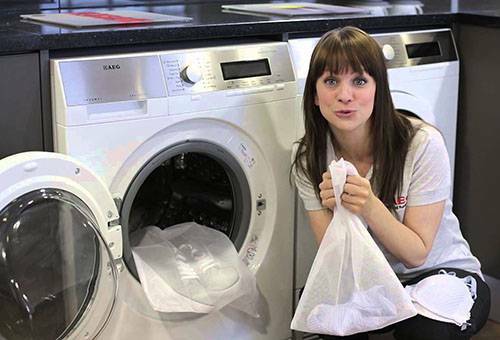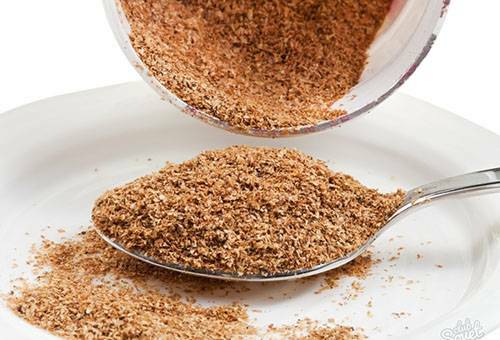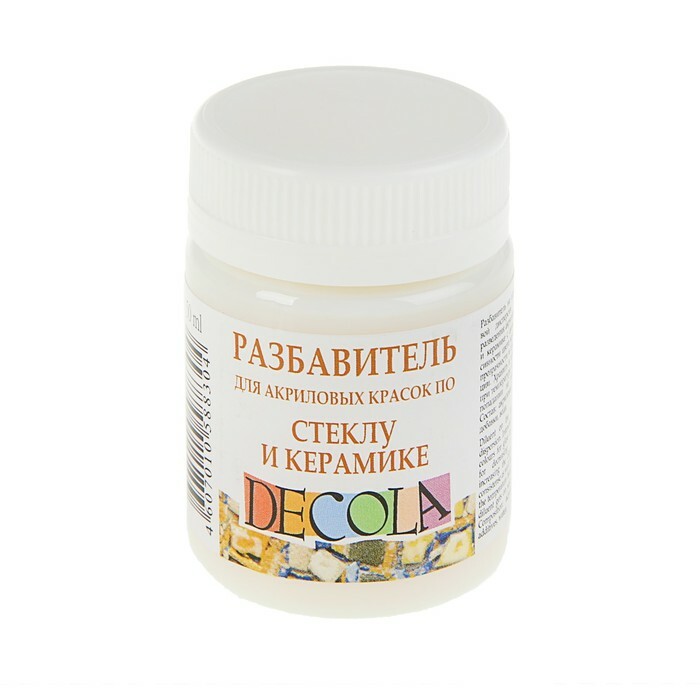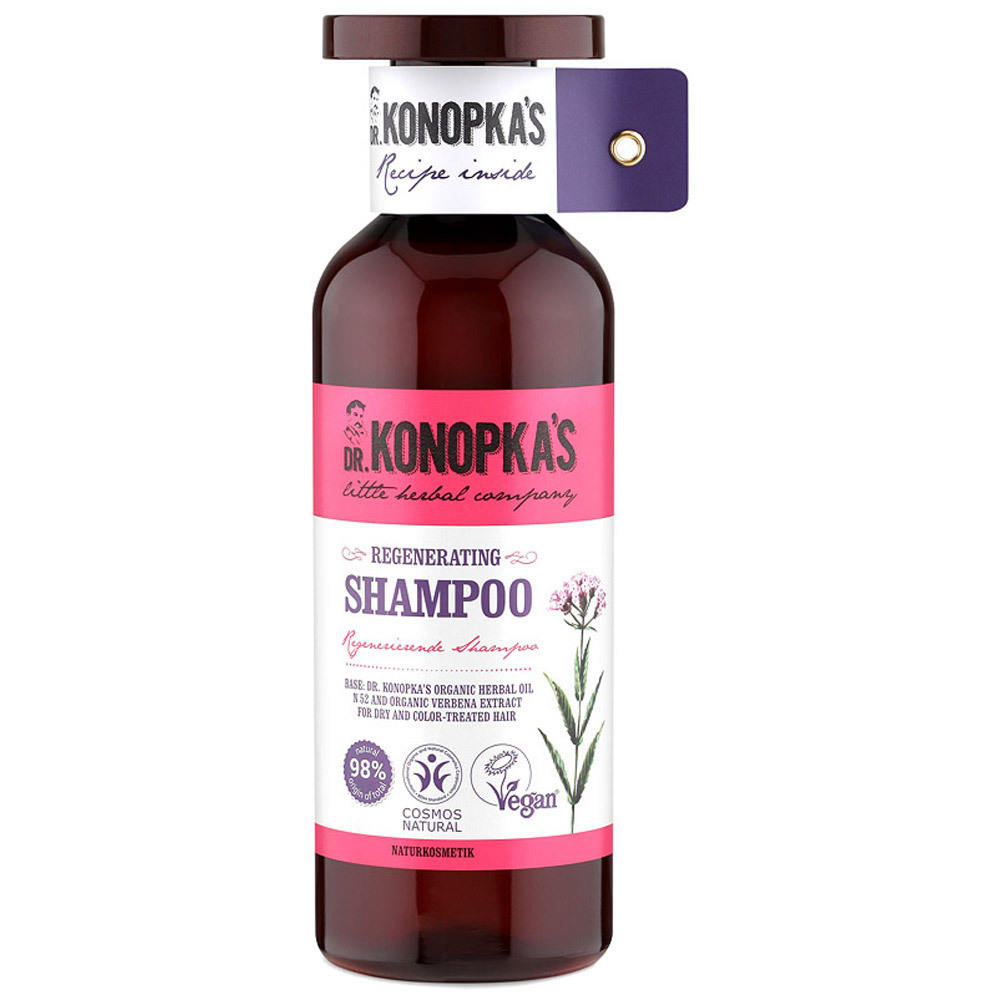Contents:
- What kind of clothes are recommended to be dry-treated?
- How to wash yourself?
- Home stain remover
Dry cleaning clothes at home is not such a difficult task, any housewife can cope with it. Of course, washing in water using a powder is more common. However, this method of removing stains is not suitable for delicate things. In order not to spoil the product, you should carefully study the label, and if you see the label "dry cleaning", do not risk and wash with water and powder. On the label may be a badge "dry cleaning" is forbidden, then there is no other option but to do a dry cleaning yourself.
So, what will it take to accomplish the task?
- Special washing machine that has a drying function. Clothing in this unit is treated with warm air.
- Set for dry cleaning. It usually contains: stain remover, cover, flavored and moistened napkins. If the cover is not included in the package, you should purchase a bag for washing yourself. He will protect clothing from stretching, wear and exposure to warm air.
There are also dry-wash kits consisting of a drying gel, the particles of which are then simply shaken off the fabric.

What kind of clothing is recommended to dry-process?
The delicate fabrics include:
- natural silk;
- natural wool( angora, cashmere);
- thin cotton and linen;
- some types of artificial silk( triacetate);
- thin knitwear;
- velvet;
- artificial and natural suede and leather.
If clothes have complex decor elements, such as hand embroidery, beading, sequins or sequins, they can be damaged when washing in the car, even in delicate mode. Home cleaning will retain the original look of the thing. Use dry washing is also recommended in cases where the thing is your favorite and you want to extend its life as long as possible. Such processing has a significant advantage: there is no need to remove buttons, belts, shoulder pads and other elements.

How to wash yourself?
Things should be sorted before dry washing. The rules are usual: do not put together white and colored things, knitted and silk fabrics. Worn wool and fluff fibers can get on clothes from other fabrics, and you will need extra efforts to extract them. It is also better to put things in the bag that are approximately the same in size and weight.
It is advisable to treat particularly dirty areas with a stain removal agent before placing it in the drum of the washing machine. Applying the solution immediately to a large spot still does not follow: it is not known how its composition will affect the tissue. After all, not all of them are painted with persistent paints, and it may happen that you get a shed thing instead of clean and fresh clothes.
Usually, sparing agents are used to remove stains, which gently cleanse the fabric without harming it. But all the same it is better not to risk and experiment before applying the remedy. The stain remover is tested on an inconspicuous area, for example under the belt, on the inside of the pocket or on the seam of the seam. The tampon is moistened with a stain remover and a small piece of cloth is wiped. If everything is in order, you can start the process of dry washing at home.
Important!
Please read the instructions carefully before using home cleaners.

Dry-wash rules consist of four important items.
- Place the prepared items in the safety bag. Do not score it completely, leave a little space. Things should be available for processing with warm air. Products from delicate fabrics are pre-turned inside out.
- Put in a napkin bag. They contain a sufficient amount of moisture and a deodorizing conditioner. During the treatment with dry air, the moisture evaporates, which allows you to refresh your clothes and prevent it from drying out. A small amount of moisture also helps to straighten existing creases and creases on things
- Turn on the "drying" mode on your washing machine. Use the lowest air temperature and minimum processing time. Usually the timer is set for 30 minutes.
- After finishing the cycle, it is recommended to hang clothes on the hangers so that it does not lose shape.
It's not always possible to get rid of difficult, chronic spots at home, in this case you will have to use the services of professional dry cleaning.

Removing stains with home remedies
Not all housewives use chemical compounds in everyday life, today more and more people prefer home cleaning methods. Here are a few recipes.
- Sand .Some products can not be subjected to household cleaning chemical composition, for example a fur coat from natural fur. You can clean it with fine sand. It must be heated, and then poured onto a fur product, spread out with your hands over the entire surface. After half an hour, the sand is shaken off, and dirt is removed along with it. The fur coat after dry cleaning should be combed with a comb. Sand can be used to treat shaded areas on woolen things, remove it with a brush.
- Bran for dry washing .They can clean the fur product according to the rules stated above. Also, bran is used to remove stains from clothing that has embroidery. They are bred in a strong soap solution to the state of gruel and applied to the tissue. The product is rubbed for several minutes with your hands and shakes the mass. Then pour dry bran onto the stain and repeat the process.
- Starch, soda, table salt have good absorbent properties. With the removal of fatty spots, talc is an excellent candidate. It is poured onto the contaminated area, the tracing paper is laid on top and ironed with an iron.
So, in the care of things from delicate fabrics there are several radically different approaches, and which one is more suitable for home use, it's up to you. The main thing is to remember about caution and not to abuse chemical reagents.


